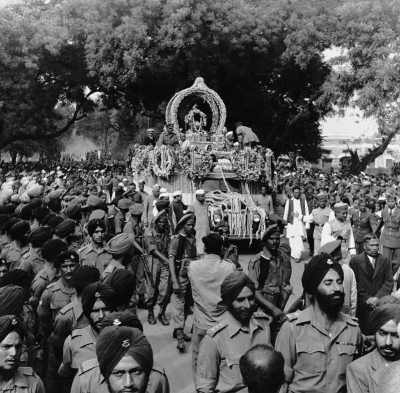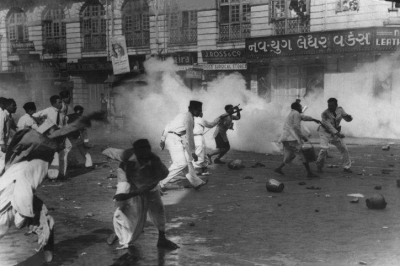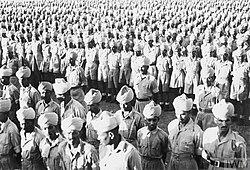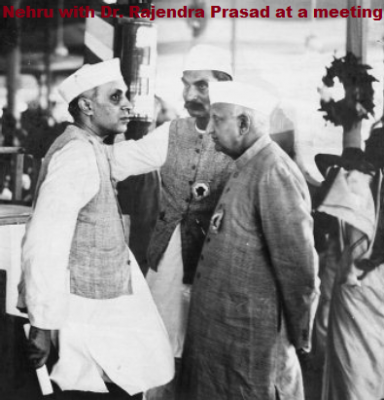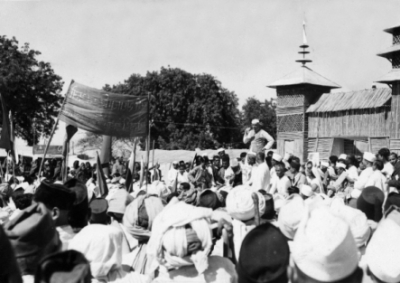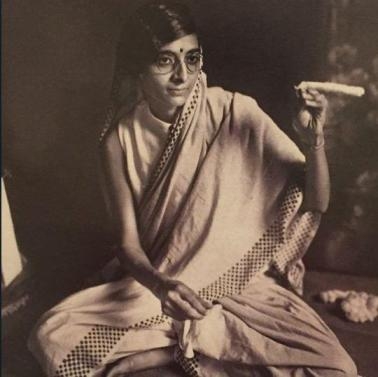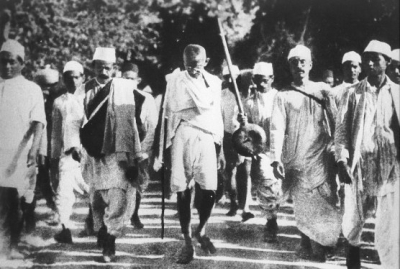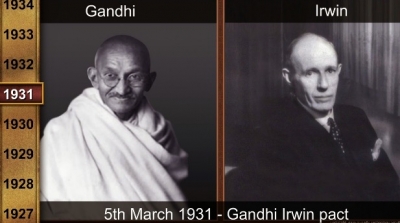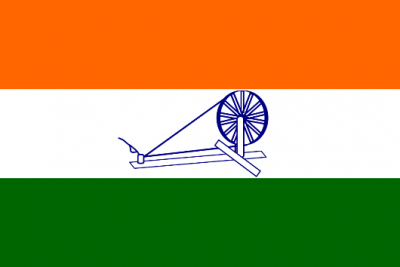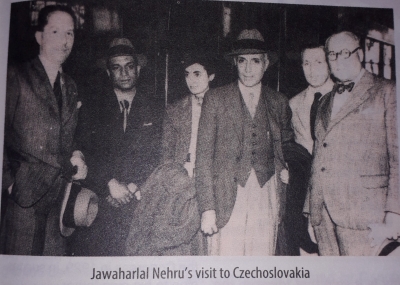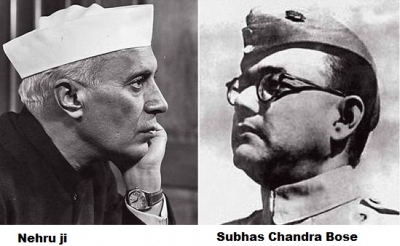Why Nehru’s policies were considered modern?
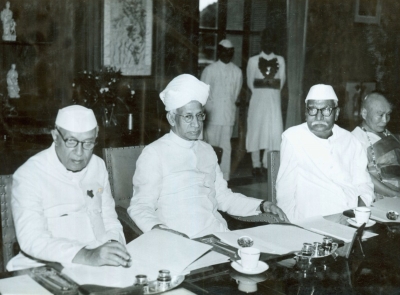
Though many years have passed since his death, Jawaharlal Nehru continues to be remembered as the architect of modern India. His vision of a secular, industrial and cosmopolitan nation helped transform a nation ravaged by 200 years of British rule into a modern, productive and self-sufficient one.
It must be mentioned that Gandhiji had a more traditional outlook and was not interested in industrialization or a global presence for India. Jawaharlal Nehru on the other hand, had both - a national and global vision. He pioneered the international policy of non-alignment, due to which India has benefited in matters of foreign policy, economic undertakings and educational exchanges.
Nehru incorporated many of his own ideals in India’s constitution and had a secular and democratic worldview. This shows most clearly in those parts of the Constitution that deal with human rights, where it states that the state shall not discriminate against any citizen on the grounds of religion, race, caste, or place of birth. The practice of untouchability was abolished and its practice in any form was forbidden. All people were guaranteed twelve basic freedoms which included freedom of speech, freedom of worship and freedom of peaceful assembly.
Picture Credit : Google
